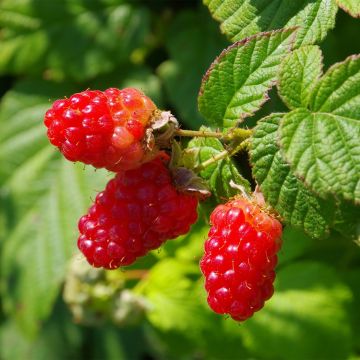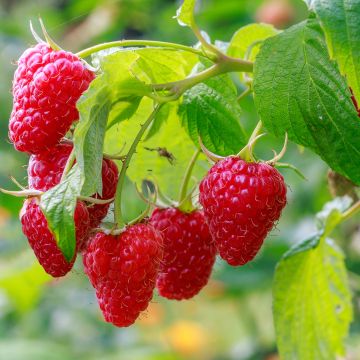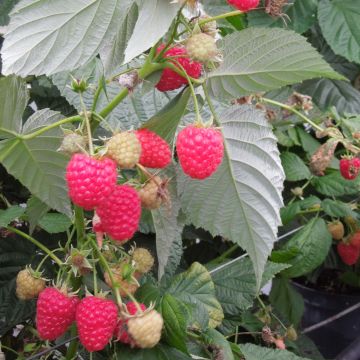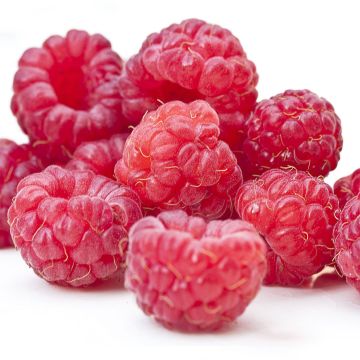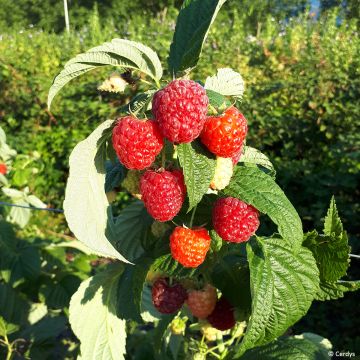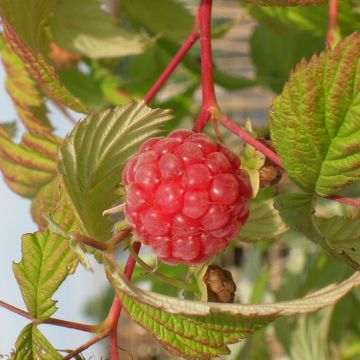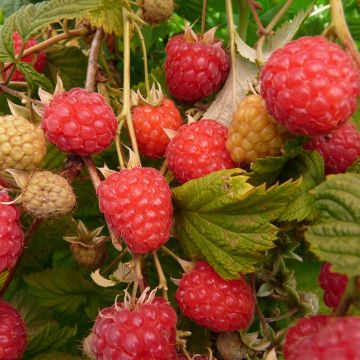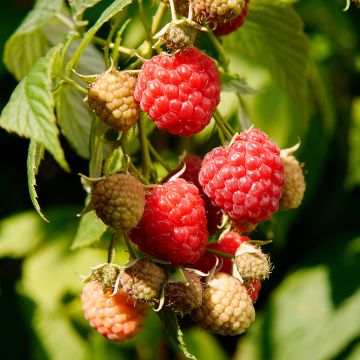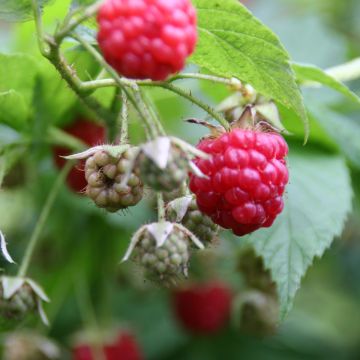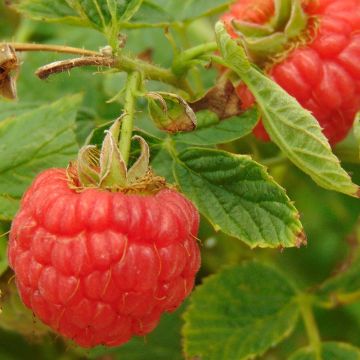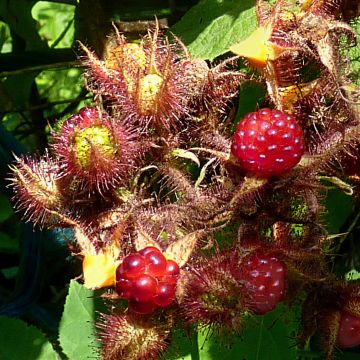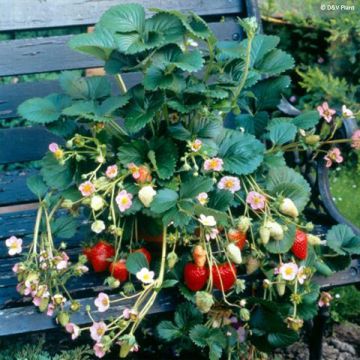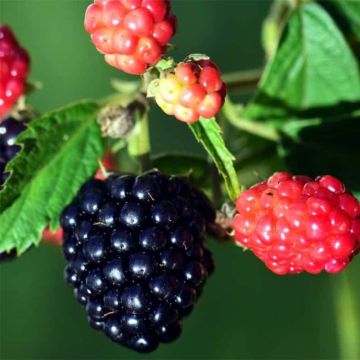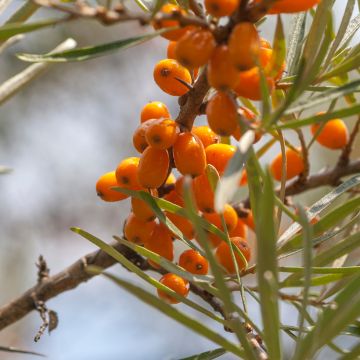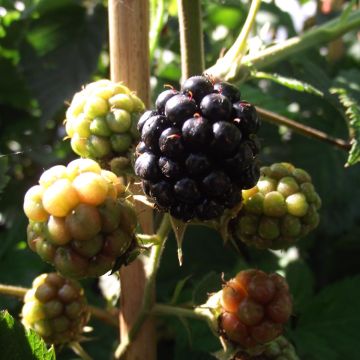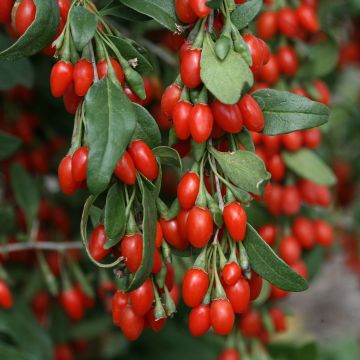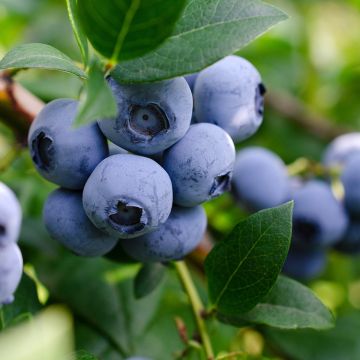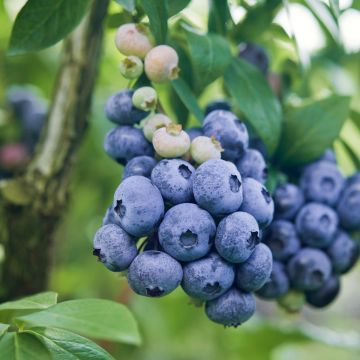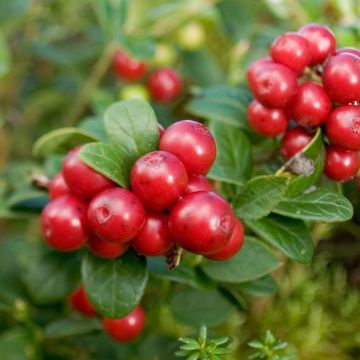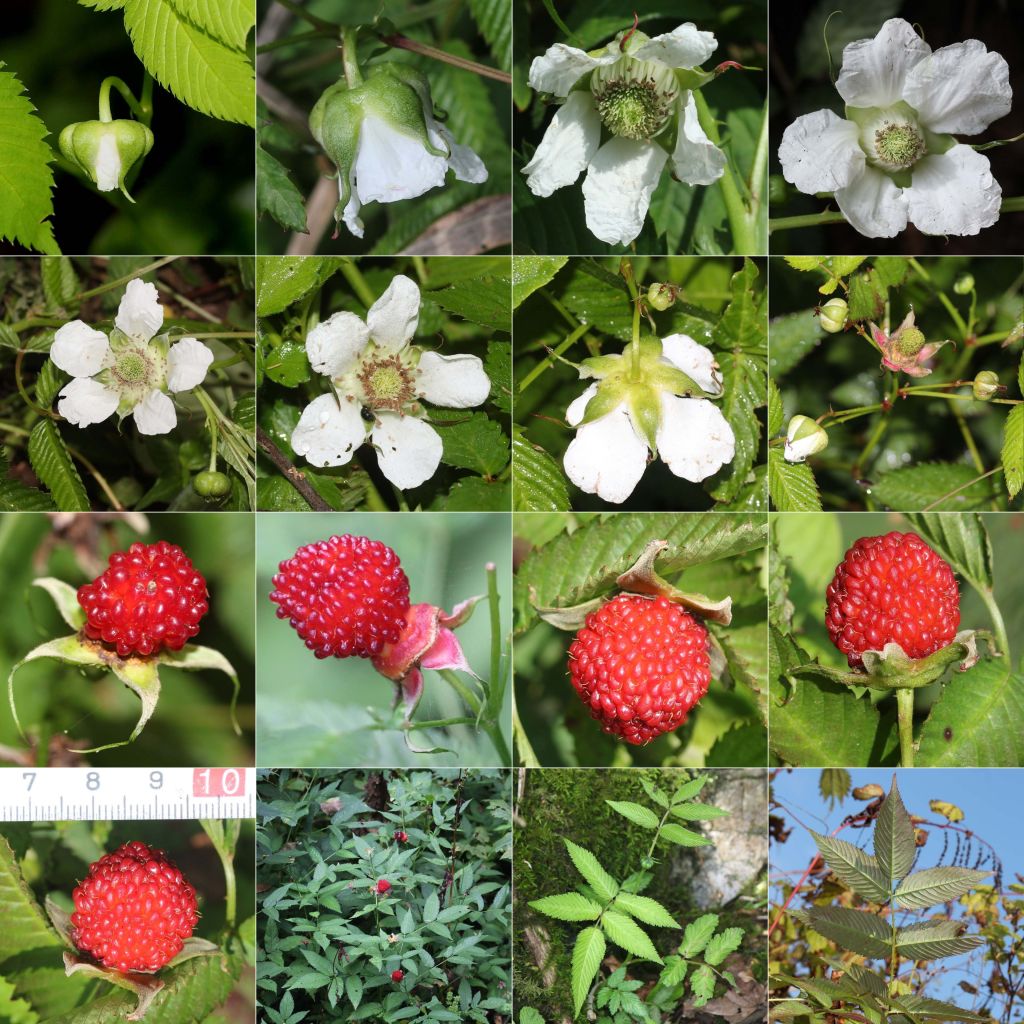

Rubus illecebrosus
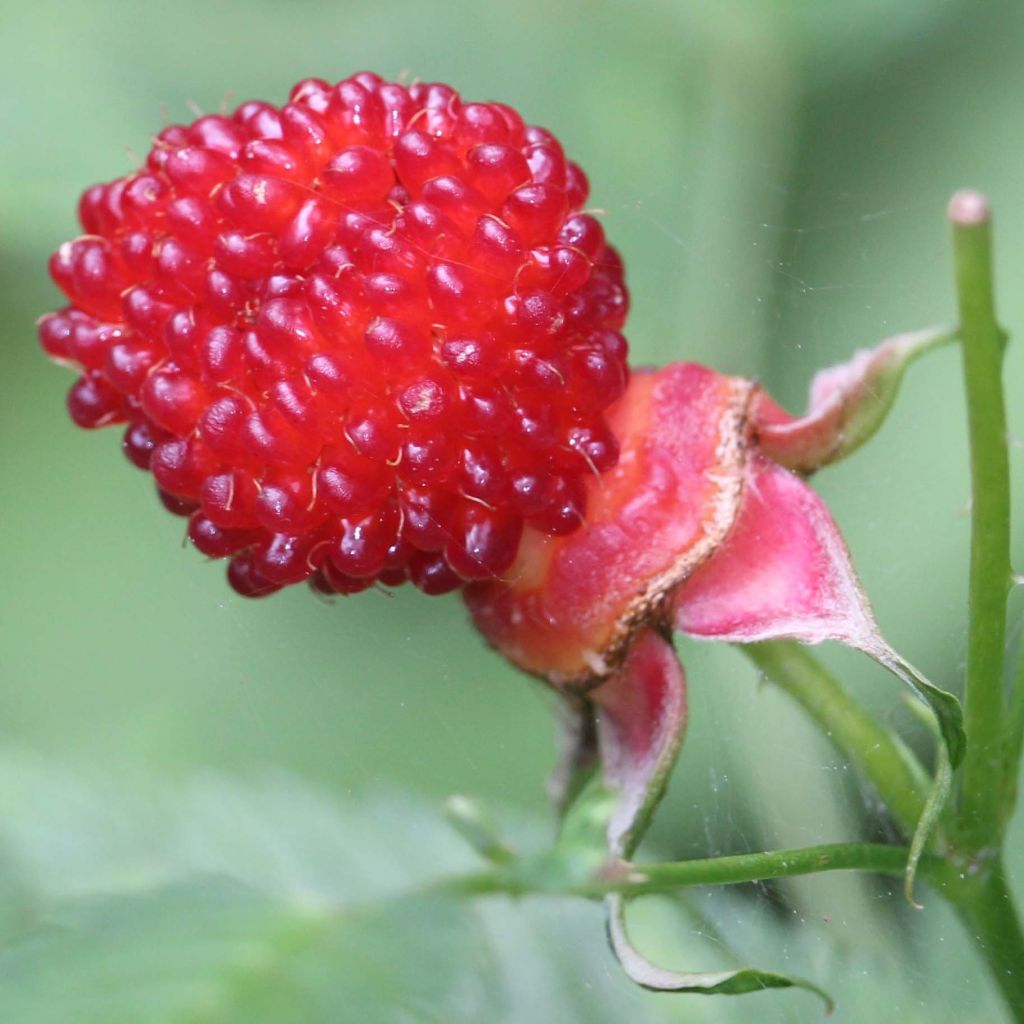

Rubus illecebrosus
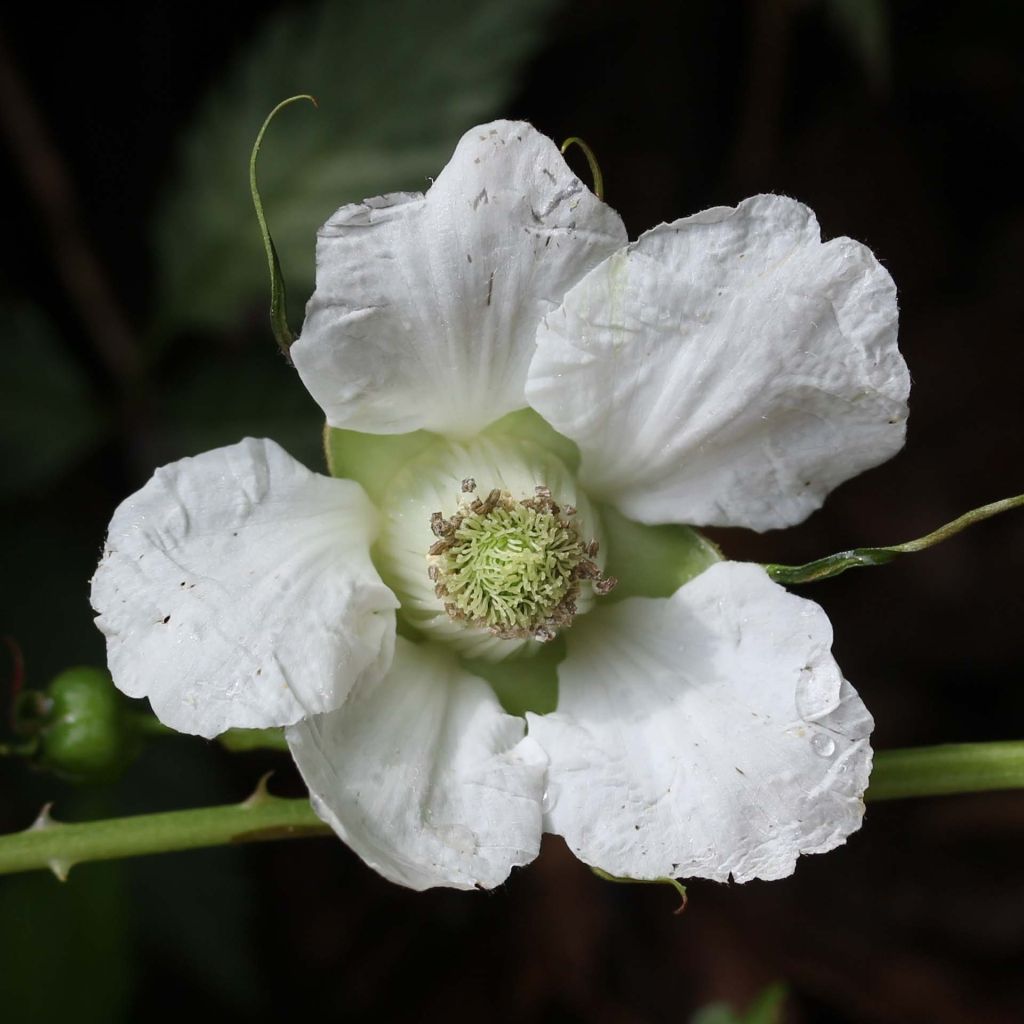

Rubus illecebrosus
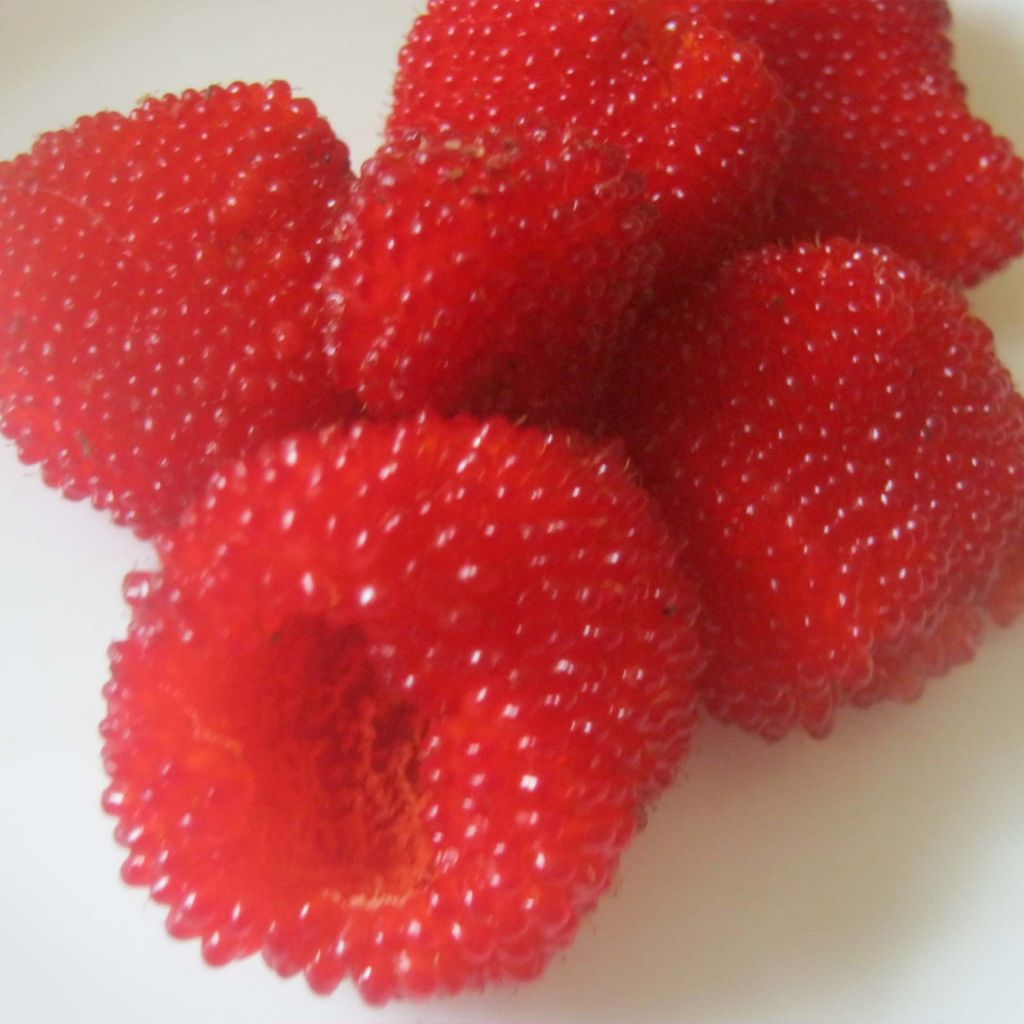

Rubus illecebrosus
Rubus illecebrosus
Rubus illecebrosus
Strawberry Raspberry, Baraichigo
This item cannot be shipped to the selected country
Delivery charge from €5.90
Delivery charge from €5.90
Delivery to Corse prohibited
More information
Schedule delivery date,
and select date in basket
This plant carries a 24 months recovery warranty
More information
We guarantee the quality of our plants for a full growing cycle, and will replace at our expense any plant that fails to recover under normal climatic and planting conditions.
From €5.90 for pickup delivery and €6.90 for home delivery
Express home delivery from €8.90.
From €5.90 for pickup delivery and €6.90 for home delivery
Express home delivery from €8.90.
Delivery to Corse prohibited: UE law prohibits the import of this plant from mainland France to Corse as part of the fight against Xylella fastidiosa. Please accept our sincere apologies.
More information
Does this plant fit my garden?
Set up your Plantfit profile →
Description
The Rubus illecebrosus, is the well-known Strawberry Raspberry in Japan, where it is called Baraichigo and children enjoy its false strawberries on their way to school. It is a wild, low-lying and thorny bush, very similar to our raspberry Rubus idaeus, which readily suckers in cool, fertile and shaded soils. Its spring flowering of large white wild roses is beautiful, and its big fleshy fruits of a tempting red colour are edible although not very tasty. They are harvested in summer and can be eaten raw or made into jams enhanced with a squeeze of lemon. This charming and unique plant will delight birds, curious gardeners, and, of course, children. It makes a good ground cover at the edge of a woodland, in a garden that leaves room for nature.
The Strawberry Raspberry belongs to the Rosaceae family. It is a suckering plant with shallow roots originating from the Japanese undergrowth. This cold-resistant bush is more suited to our humid temperate climates. It prefers slightly acidic soils and dislikes excessive limestone.
With rapid growth, a plant will eventually form a bushy and ground-covering mass that can reach a maximum height of 50-60 cm (19.7 - 23.6 in) (more commonly 30-40 cm) with a spread of over 1 metre (3 inches 4 feets) at ground level. It spreads laterally through rhizomes, producing shoots like raspberry plants. The flowering takes place in spring, from April to June depending on the climate, on plants that are 2 years old or older. It consists of 5 cm (2 in) flowers in diameter with 5 white petals, honey-scented and nectar-rich. The fruits ripen between August and September. They are large raspberries weighing about 10 grams, with a deep red colour, mildly flavoured, and slightly sweet and sour. It seems that cooking these raspberries develops interesting flavours. They can be enjoyed as they are or made into jams, jellies, sauces. The hollow, slightly drooping stems are covered in fine thorns. They bear lovely leaves with 5 elongated, pointed, and wavy lobes. The glossy lamina displays a beautiful light green-blue hue before turning yellow and pale red in autumn. The vegetation is often damaged by the cold. However, this does not harm the plant, which vigorously regrows from the base in spring.
Plant the Strawberry Raspberry preferably in partial shade, in deep soil without excessive limestone. Under these conditions, the bush will establish itself easily and in a few years will become an ornamental plant perfectly suited to its surroundings in a field of plants, as ground cover in a natural garden. It can also be showcased and planted in a large raised container where its slightly drooping habit will look marvellous. It will decorate a wild corner between trees, a large semi-shaded slope with carpets of periwinkles, Polygonum, creeping bugleweed. All of these are vigorous plants that are not very demanding. In a fruiting hedge, it can creep at the base of the May berry (Lonicera kamchatka), raspberry plants, raspberries, blueberries, garden blackberries, gooseberries, and other blackcurrant bushes.
Report an error about the product description
Rubus illecebrosus in pictures
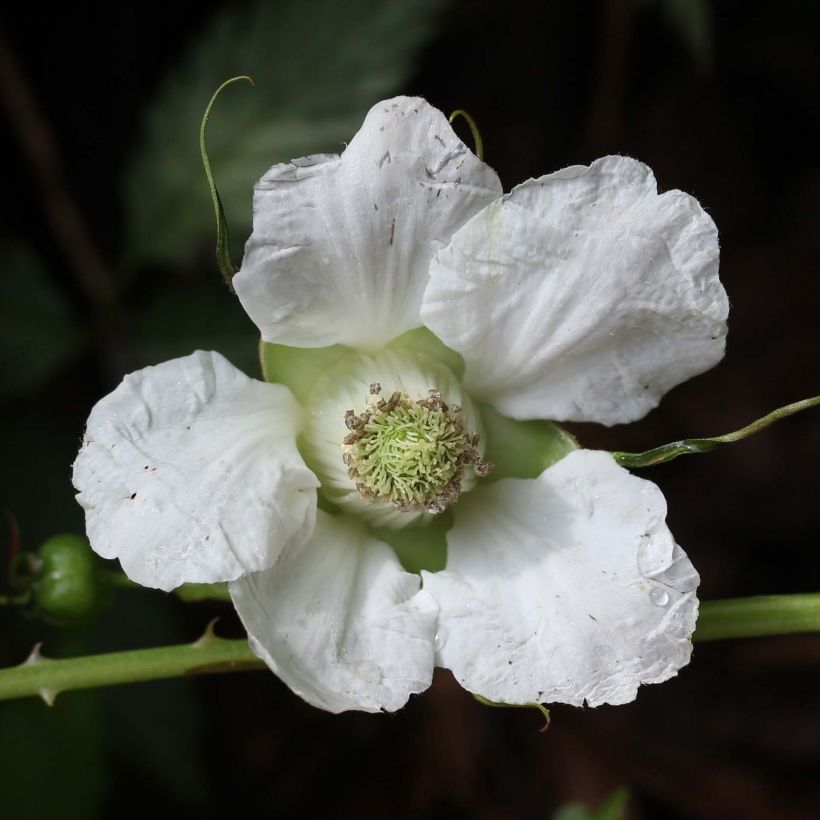

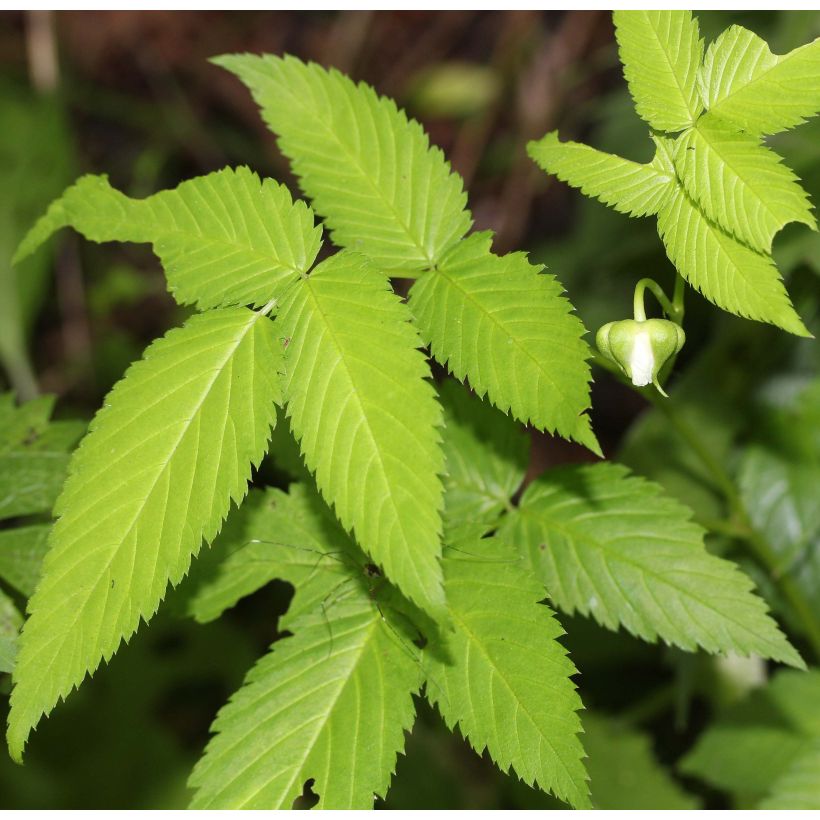

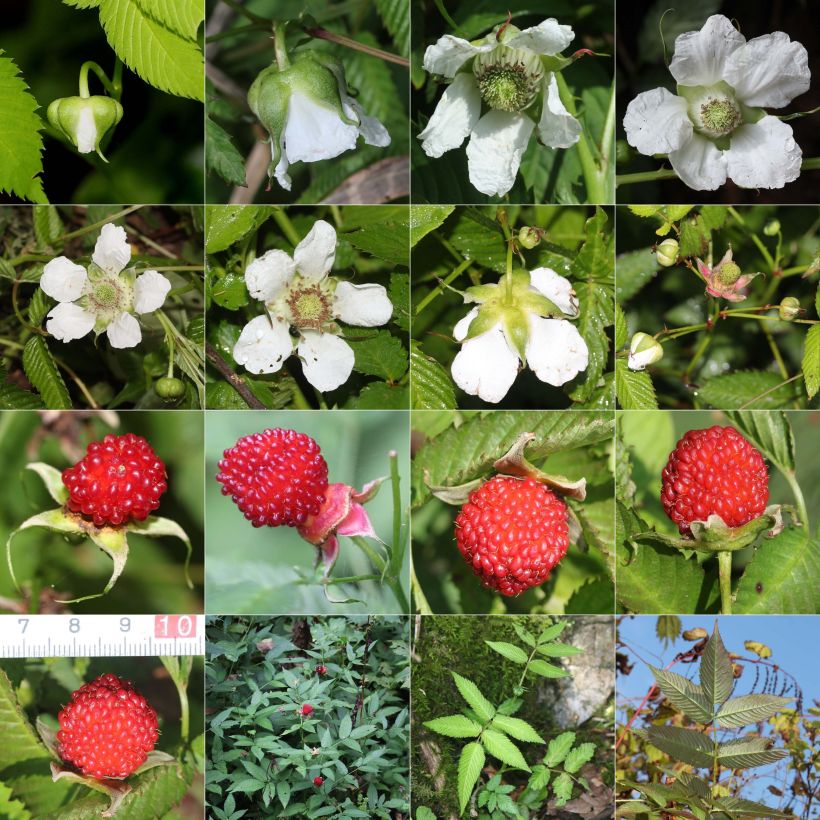

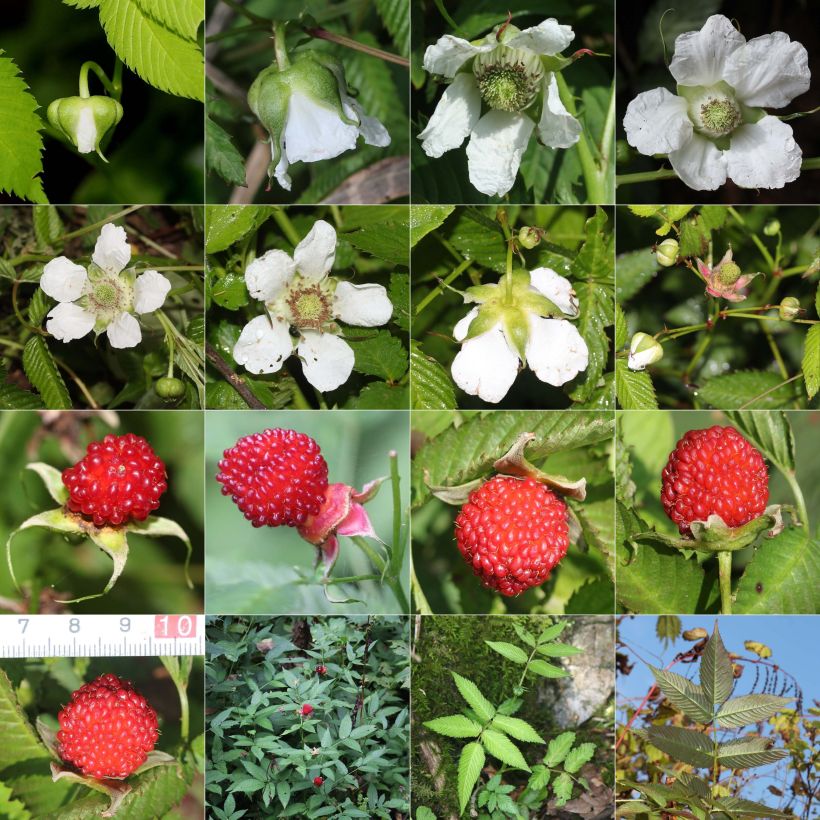

Plant habit
Flowering
Foliage
Botanical data
Rubus
illecebrosus
Rosaceae
Strawberry Raspberry, Baraichigo
Southeast Asia
Other Raspberry plants
Planting and care
Plant the Japanese Strawberry Raspberry in spring or autumn, in any sufficiently deep and fertile soil, moist but well-drained. If necessary, enrich the soil with well-rotted compost and coarse sand. Simply avoid excessive limestone, as this plant prefers a slightly acidic to neutral soil. Mulch the soil to retain freshness in summer if necessary. It will thrive in partial shade, out of direct sun. This raspberry can be pruned regularly: prune the dead or older branches that have already fruited to ground level in late winter.
Planting period
Intended location
Care
-
, onOrder confirmed
Reply from on Promesse de fleurs
Berries
Haven't found what you were looking for?
Hardiness is the lowest winter temperature a plant can endure without suffering serious damage or even dying. However, hardiness is affected by location (a sheltered area, such as a patio), protection (winter cover) and soil type (hardiness is improved by well-drained soil).

Photo Sharing Terms & Conditions
In order to encourage gardeners to interact and share their experiences, Promesse de fleurs offers various media enabling content to be uploaded onto its Site - in particular via the ‘Photo sharing’ module.
The User agrees to refrain from:
- Posting any content that is illegal, prejudicial, insulting, racist, inciteful to hatred, revisionist, contrary to public decency, that infringes on privacy or on the privacy rights of third parties, in particular the publicity rights of persons and goods, intellectual property rights, or the right to privacy.
- Submitting content on behalf of a third party;
- Impersonate the identity of a third party and/or publish any personal information about a third party;
In general, the User undertakes to refrain from any unethical behaviour.
All Content (in particular text, comments, files, images, photos, videos, creative works, etc.), which may be subject to property or intellectual property rights, image or other private rights, shall remain the property of the User, subject to the limited rights granted by the terms of the licence granted by Promesse de fleurs as stated below. Users are at liberty to publish or not to publish such Content on the Site, notably via the ‘Photo Sharing’ facility, and accept that this Content shall be made public and freely accessible, notably on the Internet.
Users further acknowledge, undertake to have ,and guarantee that they hold all necessary rights and permissions to publish such material on the Site, in particular with regard to the legislation in force pertaining to any privacy, property, intellectual property, image, or contractual rights, or rights of any other nature. By publishing such Content on the Site, Users acknowledge accepting full liability as publishers of the Content within the meaning of the law, and grant Promesse de fleurs, free of charge, an inclusive, worldwide licence for the said Content for the entire duration of its publication, including all reproduction, representation, up/downloading, displaying, performing, transmission, and storage rights.
Users also grant permission for their name to be linked to the Content and accept that this link may not always be made available.
By engaging in posting material, Users consent to their Content becoming automatically accessible on the Internet, in particular on other sites and/or blogs and/or web pages of the Promesse de fleurs site, including in particular social pages and the Promesse de fleurs catalogue.
Users may secure the removal of entrusted content free of charge by issuing a simple request via our contact form.
The flowering period indicated on our website applies to countries and regions located in USDA zone 8 (France, the United Kingdom, Ireland, the Netherlands, etc.)
It will vary according to where you live:
- In zones 9 to 10 (Italy, Spain, Greece, etc.), flowering will occur about 2 to 4 weeks earlier.
- In zones 6 to 7 (Germany, Poland, Slovenia, and lower mountainous regions), flowering will be delayed by 2 to 3 weeks.
- In zone 5 (Central Europe, Scandinavia), blooming will be delayed by 3 to 5 weeks.
In temperate climates, pruning of spring-flowering shrubs (forsythia, spireas, etc.) should be done just after flowering.
Pruning of summer-flowering shrubs (Indian Lilac, Perovskia, etc.) can be done in winter or spring.
In cold regions as well as with frost-sensitive plants, avoid pruning too early when severe frosts may still occur.
The planting period indicated on our website applies to countries and regions located in USDA zone 8 (France, United Kingdom, Ireland, Netherlands).
It will vary according to where you live:
- In Mediterranean zones (Marseille, Madrid, Milan, etc.), autumn and winter are the best planting periods.
- In continental zones (Strasbourg, Munich, Vienna, etc.), delay planting by 2 to 3 weeks in spring and bring it forward by 2 to 4 weeks in autumn.
- In mountainous regions (the Alps, Pyrenees, Carpathians, etc.), it is best to plant in late spring (May-June) or late summer (August-September).
The harvesting period indicated on our website applies to countries and regions in USDA zone 8 (France, England, Ireland, the Netherlands).
In colder areas (Scandinavia, Poland, Austria...) fruit and vegetable harvests are likely to be delayed by 3-4 weeks.
In warmer areas (Italy, Spain, Greece, etc.), harvesting will probably take place earlier, depending on weather conditions.
The sowing periods indicated on our website apply to countries and regions within USDA Zone 8 (France, UK, Ireland, Netherlands).
In colder areas (Scandinavia, Poland, Austria...), delay any outdoor sowing by 3-4 weeks, or sow under glass.
In warmer climes (Italy, Spain, Greece, etc.), bring outdoor sowing forward by a few weeks.

































